
DIY Dishwashing Liquid
Juliette van der MeerAre you looking for a non-toxic, easy to make, waste and plastic free swap for conventional dishwashing liquid? Then you just hit the jackpot.
Why We Do not Use Castile Soap in Dishwashing Liquid
If you Google a DIY dishwashing liquid recipe you will come up with countless ones that make use of castile soap. Castile soap is used in recipes promoted by many popular DIY blogs, and while it does work, I choose not to use it for a number of reasons:
- It does not work well in hard water (which I have, and everything I make gets tested in. So if it's not working for me I'm not going to share it with you!)
- Castile soap is a high pH soap. It therefore might not be ideal for every purpose, eg. plates that come into contact with food. Will a tiny but of soapy residue harm me? Probably not. But do I actually want to use soap when I could use something else? Nope, not really.
- Knowing of a more viable alternative, I like to formulate with surfactants. Their purpose is to clean, without being true soaps. They work in all sorts of water types, they are pH adjustable, they clean well and don't leave a residue, are biodegradable and non-toxic and they are easy to work with. Perfect!
How did we Get the Formula?
Any dishwashing liquid formula needs a couple of properties:
- it needs to clean well and cut through grease
- rinse off easily
- be cost effective
- a decent consistency (would be nice, so we will need to thicken our formula slightly)
For our dishwashing liquid recipe, I chose Decyl Glucoside and Cocamidopropyl Betaine as the surfactant blend. Decyl glucoside foams up quickly but doesn't last too long, just what we need to wash and rinse dishes. The Cocamidopropyl Betaine adds some gentleness, helps lower the pH of the Decyl Glucoside and even adds some viscosity (meaning thicker and more flow resistant).
After a bit of playing around, I found that about 10-12% surfactant blend was just right for giving enough cleansing power and foam, but also rinsing away easily. You can round it off to 10% if you find that number easier to work with. A small sprinkle of Xanthan Gum was sufficient to thicken the dishwashing liquid into a good consistency.
High performance, good foam, easily washes off. Check, check, check. And at just 10-12% usage, our surfactant blend works out pretty economical too.
Eco-friendly Dishwashing Liquid
I've added percentages to this recipe so you can scale it up if you like. Don't worry if you miss the amounts by a bit, this recipe is pretty stable. You can increase the amount of surfactants used if you regularly work with heavily greasy pots and pans, but I find the current formula to be quite sufficient for your average dishes.



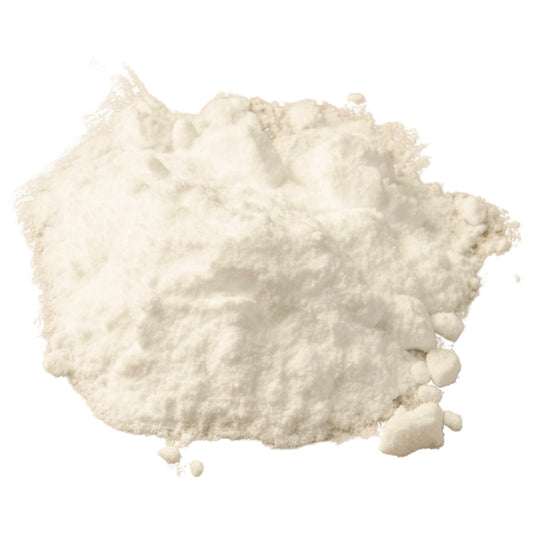
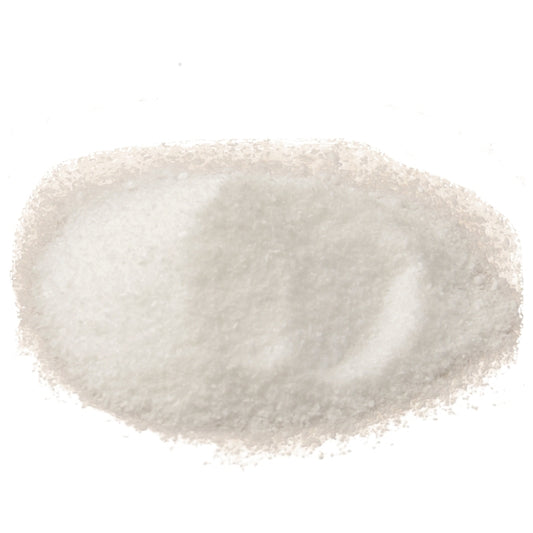
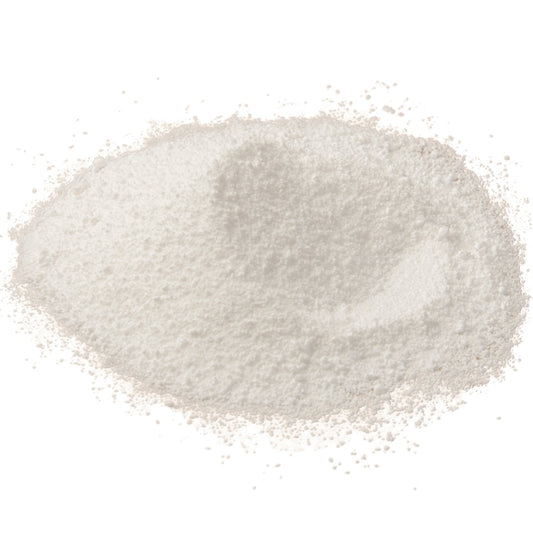
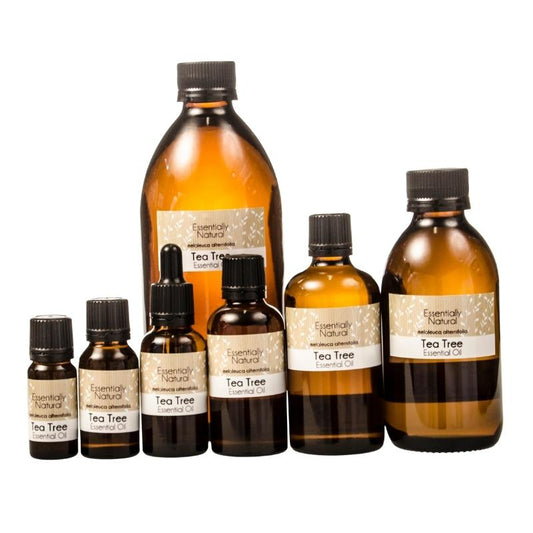






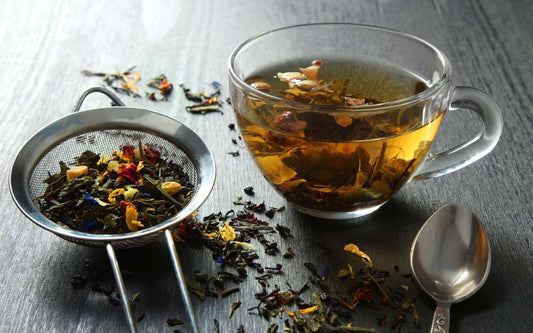







19 comments
Hello…I made the dishwashing liquid…it is all white and milky and foamy and thick…should it look like that or should I add more water to it ?
Hi, I don’t have a commercial formula. You are welcome to tweak this one to suit your needs
Can you kindly share commercial formula? :-)
Hi Siphiwe, it is advised to test it and experiment before selling, as this formula isn’t designed for commercial purposes
Would trecomend this formula for a small business?
Please advise as I am interested in selling dishwashing liquid.
Thank you,
Siphiwe Lawrence Mthethwa